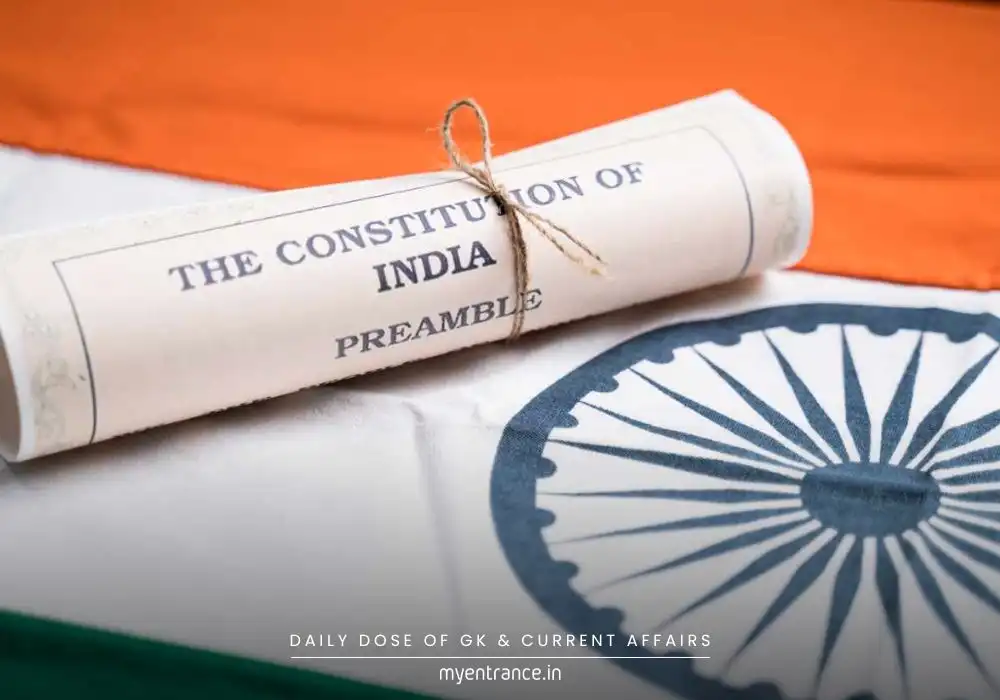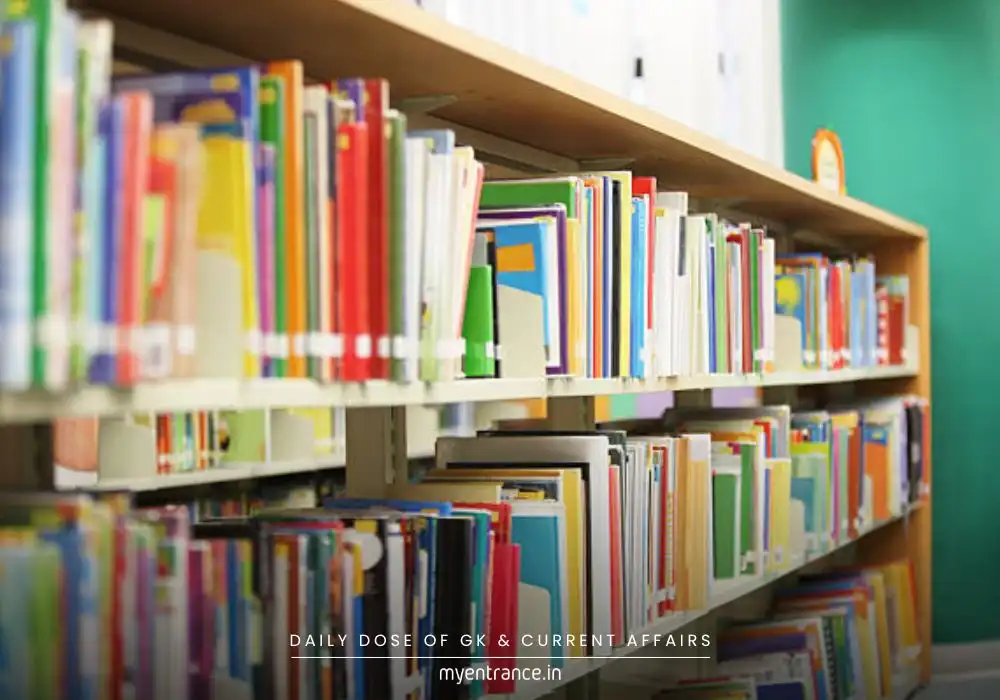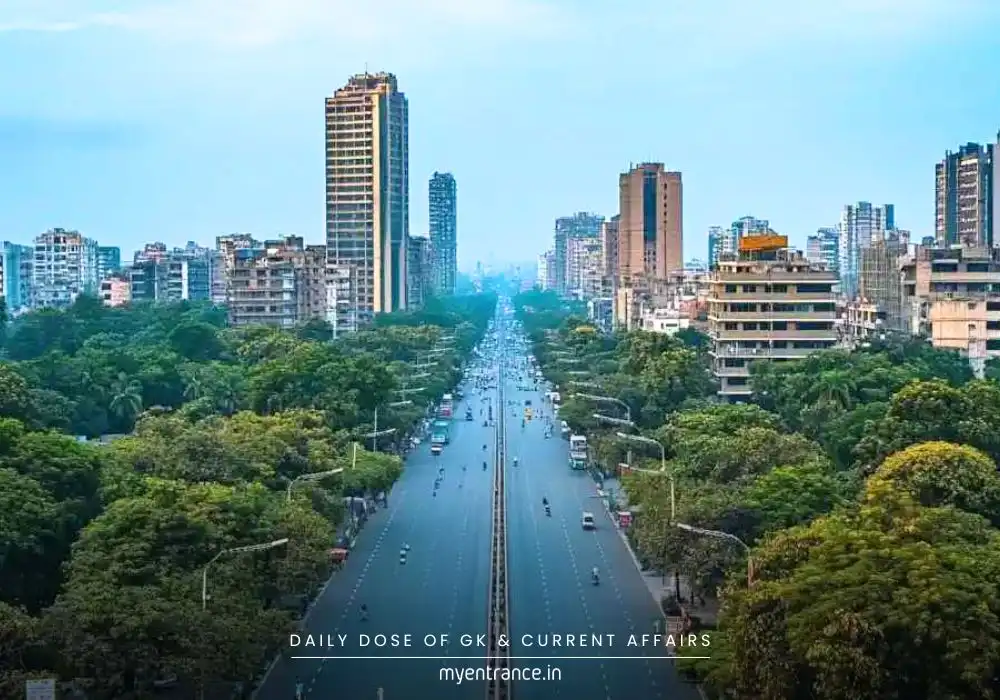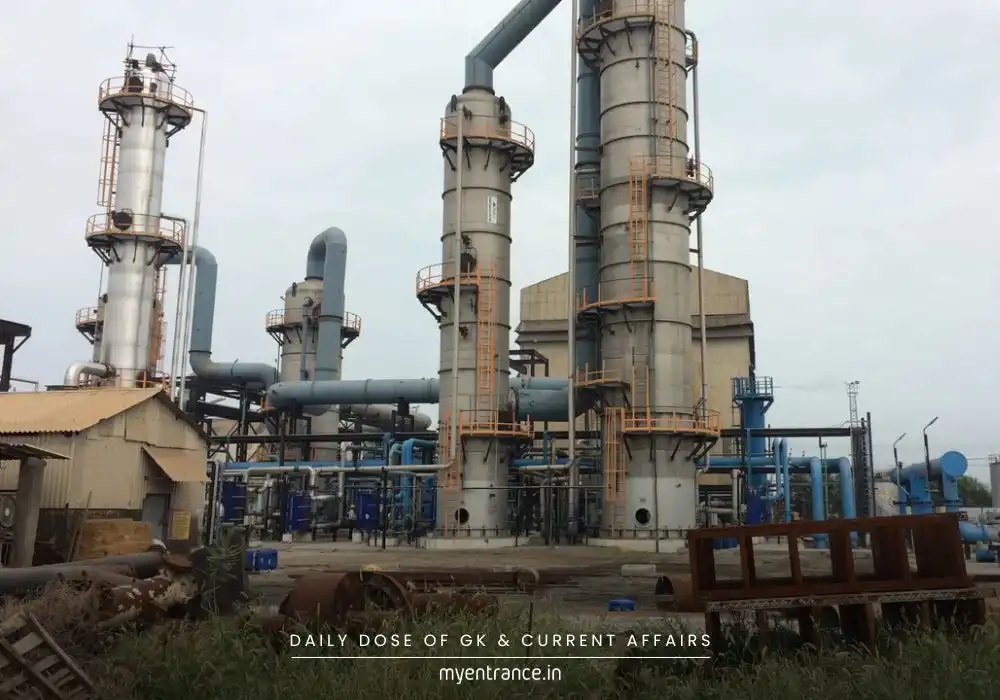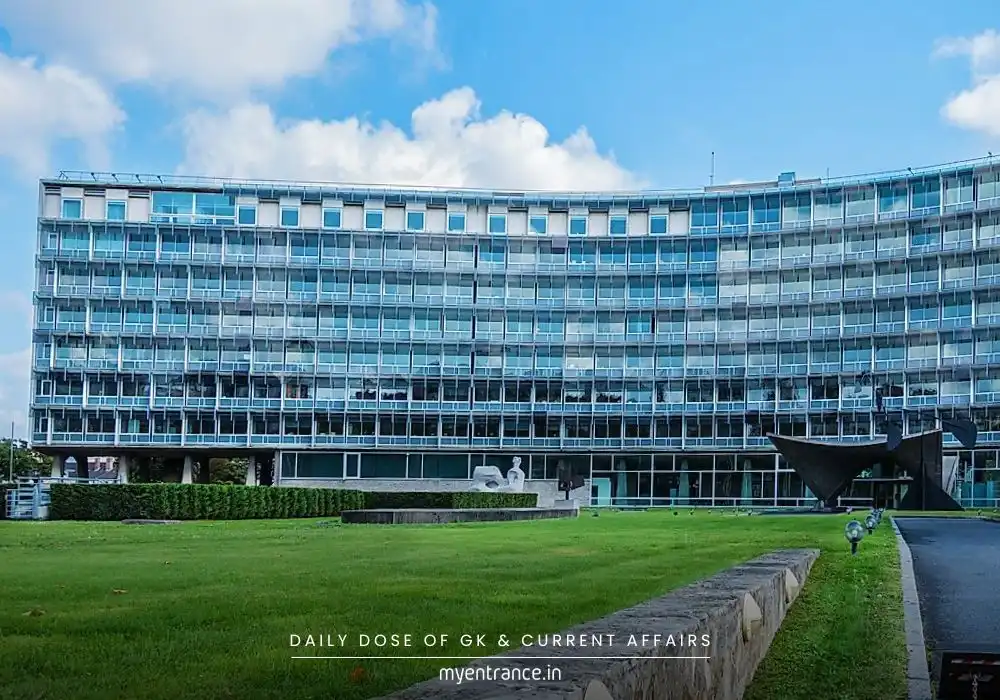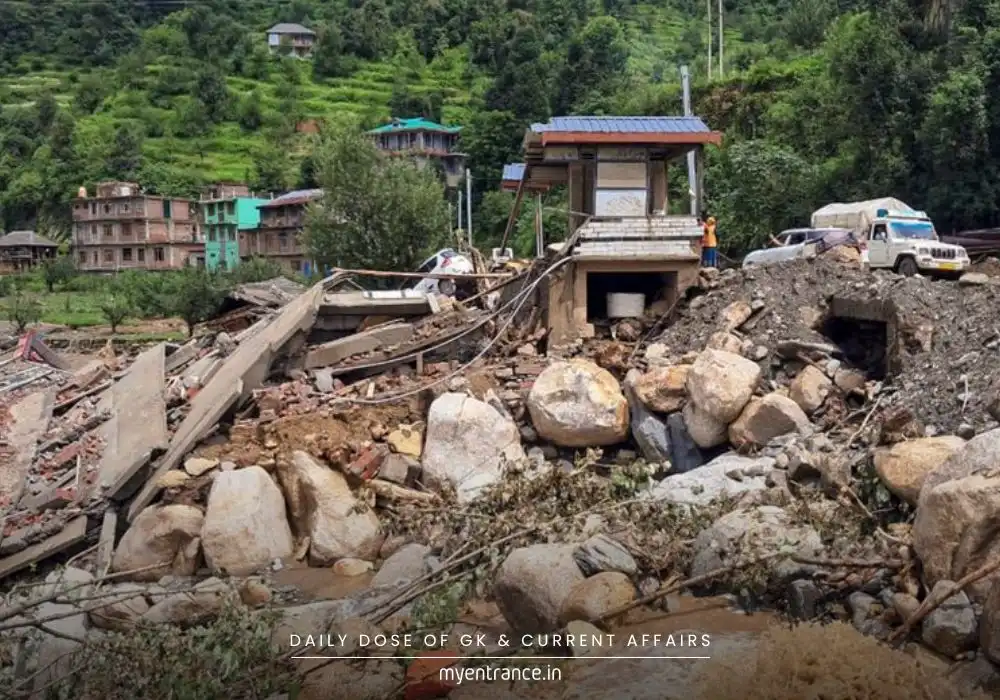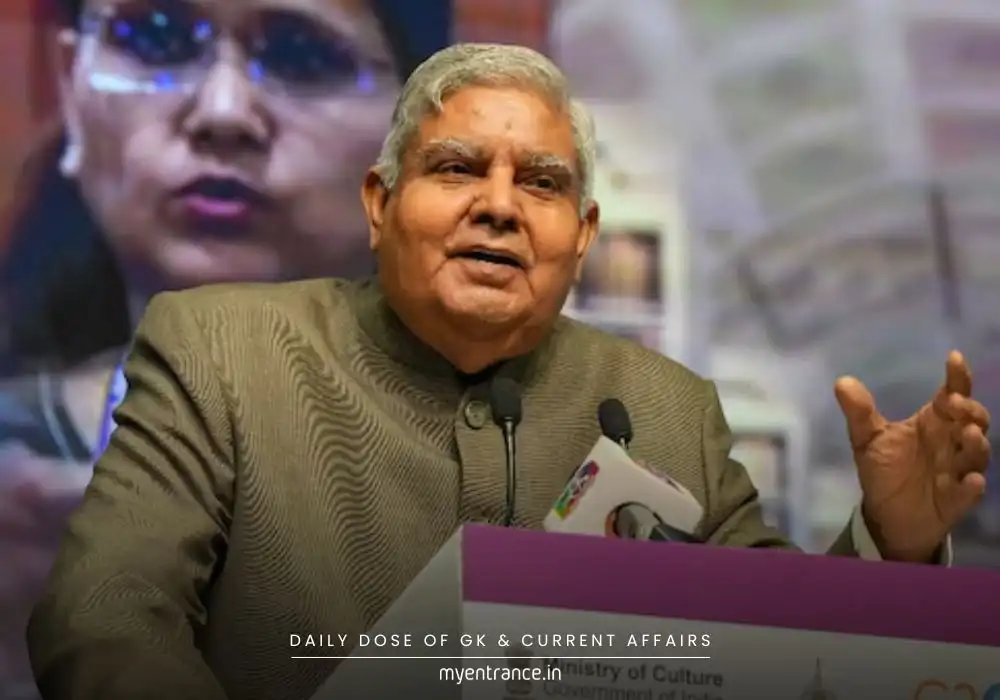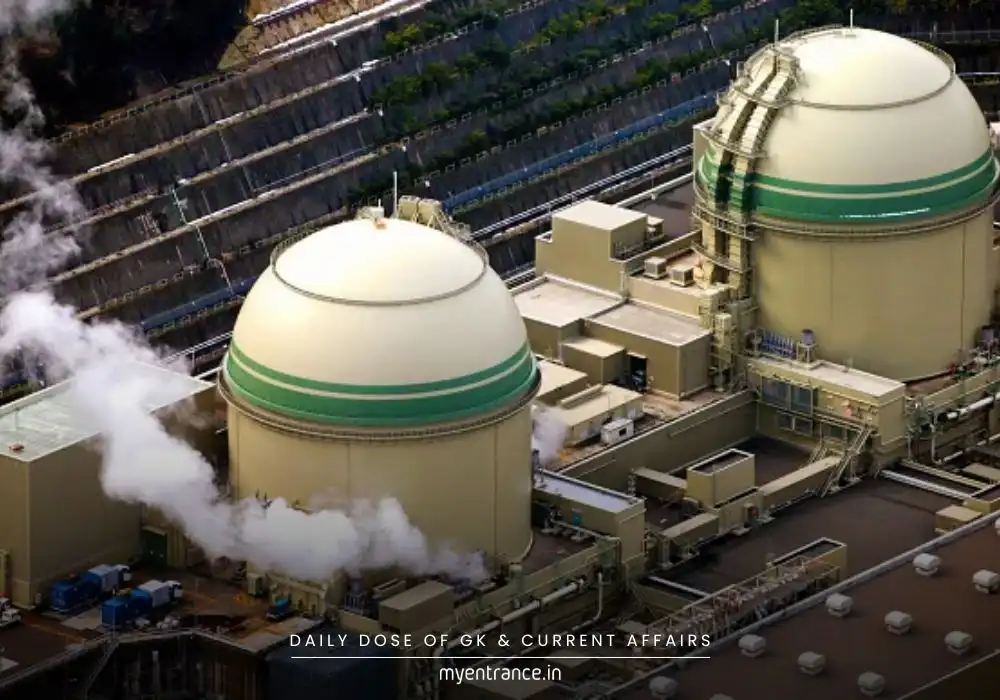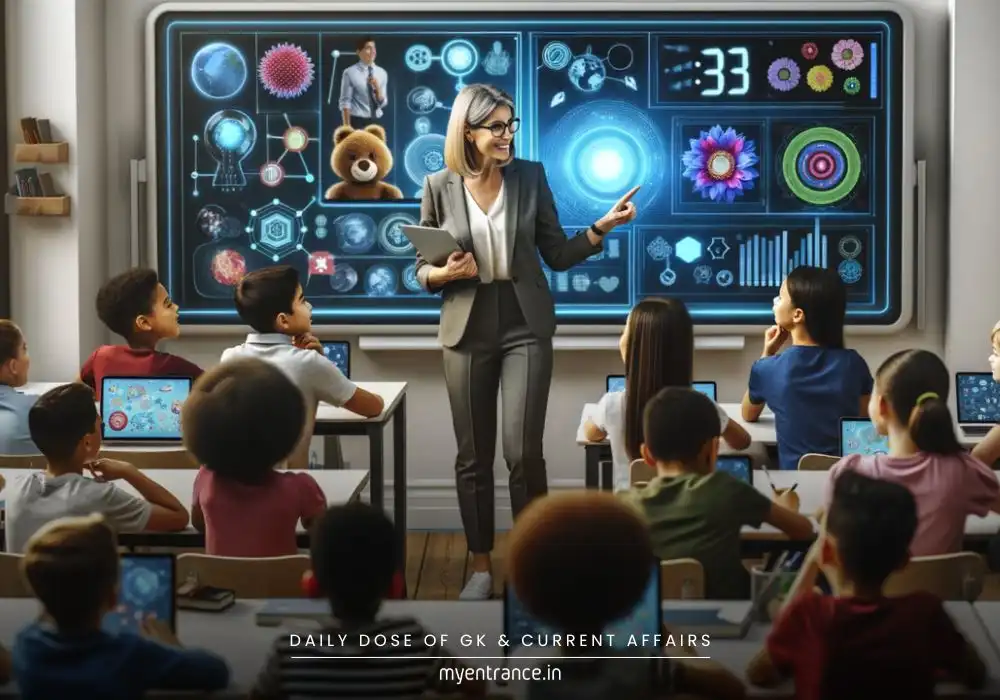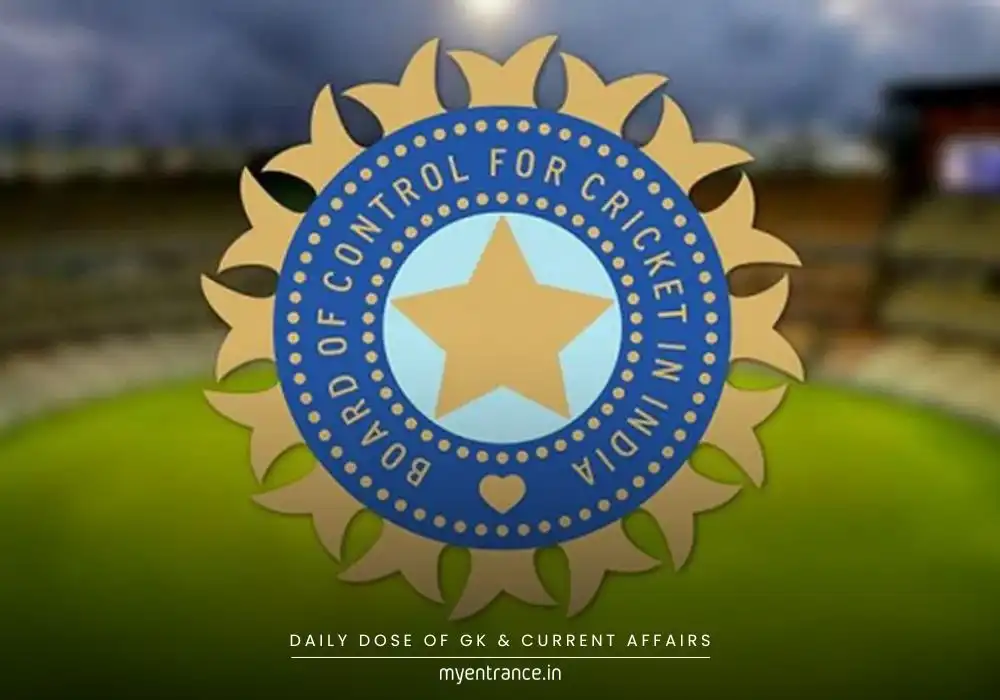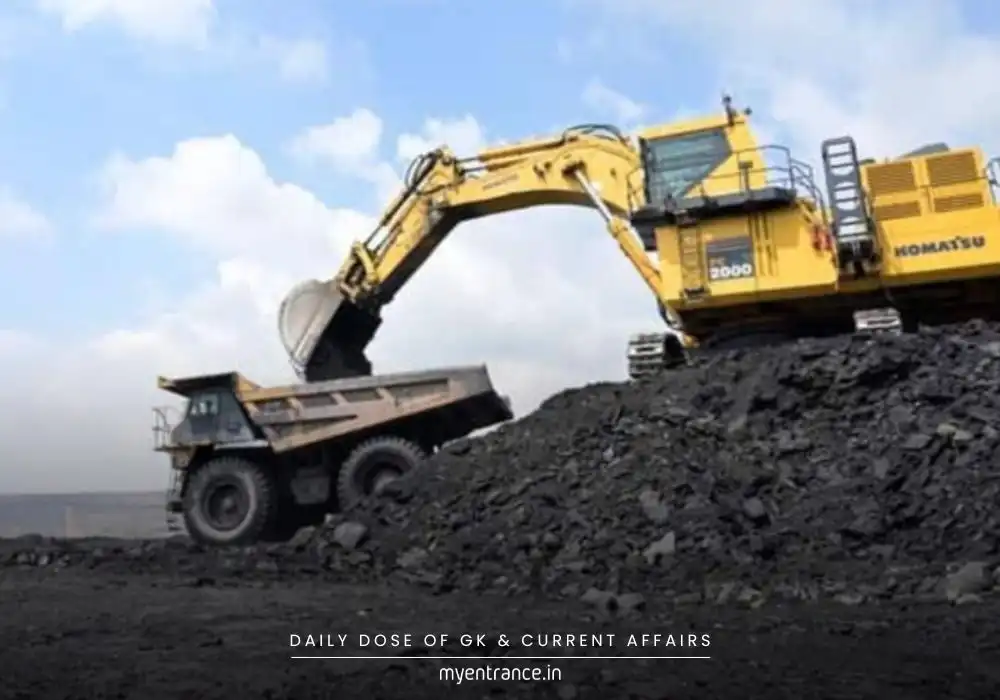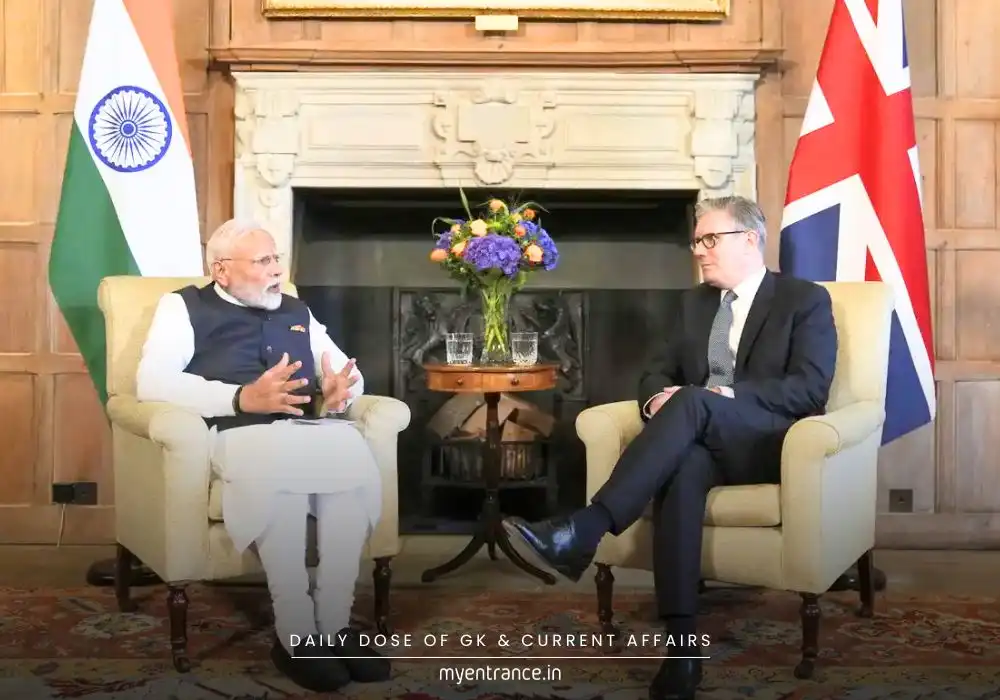Translate Language
Why Did India Restart Visas for Chinese Nationals After 5 Years?
India has officially resumed issuing tourist visas to Chinese citizens after a five-year hiatus. This significant move follows recent border discussions and the revival of the Kailash Mansarovar Yatra, signaling progress in diplomatic relations between the two Asian giants.
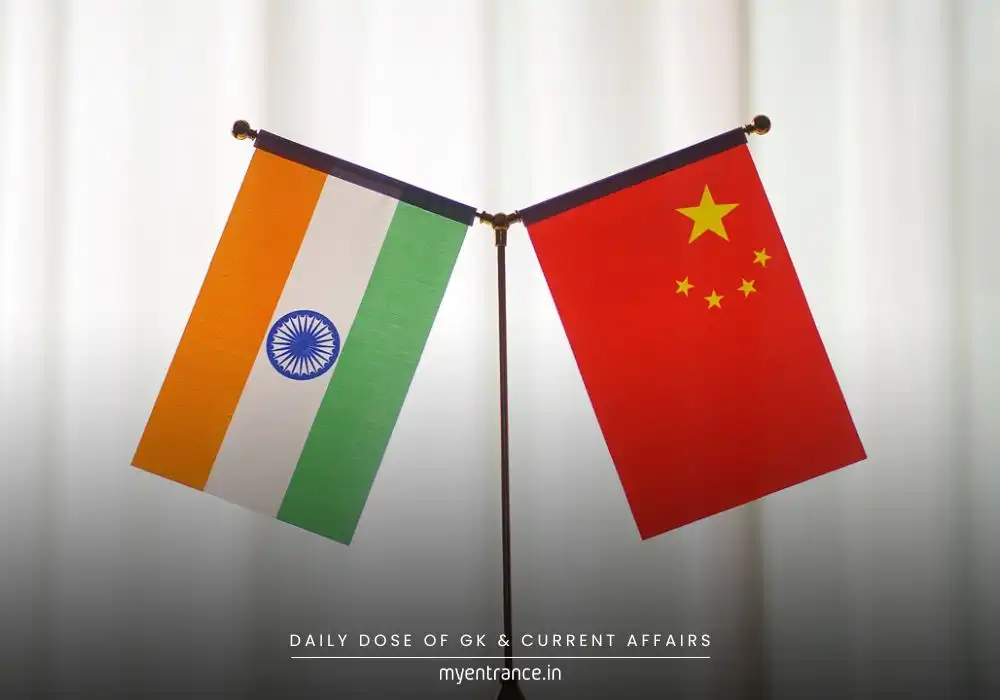
India Resumes Tourist Visas for Chinese Nationals: A Key Diplomatic Shift
In a major diplomatic gesture, India has resumed issuing tourist visas to Chinese nationals, ending a five-year-long suspension. This development coincides with ongoing efforts to stabilize and improve India-China relations after years of tension along the Line of Actual Control (LAC).
The move comes just weeks after the Kailash Mansarovar Yatra resumed on June 30 — a pilgrimage that had been paused due to the pandemic and border unrest. On July 24, the 34th meeting of the Working Mechanism for Consultation and Coordination (WMCC) took place in New Delhi, where both sides expressed satisfaction over the prevailing peace in border areas and agreed to continue regular diplomatic and military engagement.
India’s delegation was led by Joint Secretary Gourangalal Das, while China’s team was headed by Hong Liang. The discussions paved the way for the next round of Special Representatives (SR) talks, expected later this year between Indian NSA Ajit Doval and Chinese Foreign Minister Wang Yi.
The Indian Embassy in Beijing released a statement confirming that Chinese tourists can now apply for visas via application centers in Beijing, Shanghai, and Guangzhou. This marks a major shift since India had suspended tourist visas in 2020 due to COVID-19 and the subsequent standoff in Eastern Ladakh.
China welcomed India’s decision. A spokesperson from the Chinese Foreign Ministry described it as a “positive and beneficial” development, noting that easing cross-border travel is advantageous for both nations.
This update follows External Affairs Minister S. Jaishankar’s recent visit to China for the Shanghai Cooperation Organisation (SCO) meeting, where he stressed that “differences should not become disputes” and called for de-escalation at the border. He also met Chinese President Xi Jinping to brief him on recent progress in bilateral relations.
Back in October, Xi Jinping and Prime Minister Narendra Modi met during the BRICS Summit in Kazan, Russia, signaling intent to normalize relations. Notably, over 50,000 troops from both sides remain stationed near the LAC, but continued dialogue suggests a desire to de-escalate.
In 2019, India had issued nearly 2 lakh tourist visas to Chinese citizens, but China hasn’t traditionally been a top source of tourism for India. Meanwhile, China’s outreach has grown — between January and April 2025 alone, over 85,000 visas were issued to Indians, inviting more Indian travelers to experience China.
These diplomatic overtures — resumption of pilgrimages, talks on direct flights, and tourist visa reinstatement — are part of a broader strategy to mend strained ties while advancing cooperation on shared issues like border security and cultural exchange.
Top 5 Questions and Answers About This Current Affair
1. Why did India stop issuing tourist visas to Chinese nationals in the first place?
India suspended tourist visas for Chinese nationals in 2020 due to the COVID-19 pandemic and subsequent border tensions in Eastern Ladakh.
2. What is the Kailash Mansarovar Yatra and why is it significant?
It is a spiritual pilgrimage to a sacred site in Tibet. Its resumption reflects growing trust and cooperation between India and China.
3. What is the WMCC and what was discussed in the 34th meeting?
The Working Mechanism for Consultation & Coordination (WMCC) is a dialogue forum for India-China border affairs. The latest meeting focused on maintaining peace and planning future diplomatic engagement.
4. What was China’s response to India resuming tourist visas?
The Chinese Foreign Ministry welcomed the decision, calling it a positive and beneficial step toward improving bilateral ties.
5. Are Indian citizens also getting easier access to China?
Yes. As of April 2025, over 85,000 visas have already been issued to Indians by the Chinese Embassy, promoting cross-cultural travel and dialogue.
Why Is This Topic Important for Your Exam?
Relevant for Current Affairs Sections in SSC, UPSC, PSC, and KAS exams.
Reflects diplomatic relations and foreign policy dynamics, which are crucial for international relations and polity-based questions.
Border security and strategic issues like the Line of Actual Control (LAC) are recurring topics in UPSC Mains and Prelims.
Involves updates on the Kailash Mansarovar Yatra, which is often asked in religious, cultural, or international context-based questions.
It connects with topics like India’s soft power, visa diplomacy, and regional cooperation, useful for essay writing, group discussions, and interviews.
Get 3 Months Free Access for SSC, PSC, NIFT & NID
Boost your exam prep!
Use offer code WELCOME28 to get 3 months free subscription. Start preparing today!
